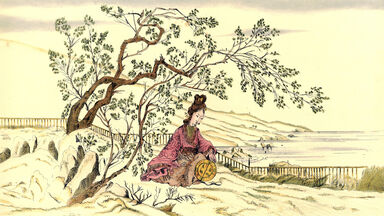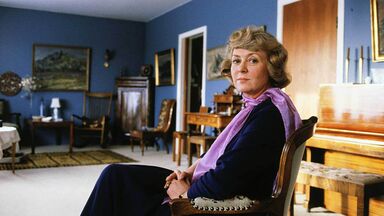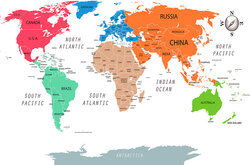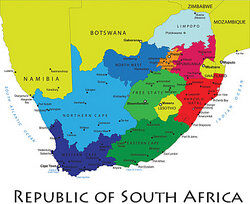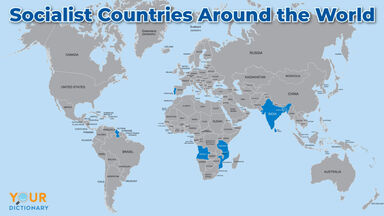Sri Definition
srē, shrē
noun
In India, a title of respect equivalent to English Mr.
Webster's New World
Used as a title for a deity or holy man.
American Heritage
Origin of Sri
Hindi śrī from Sanskrit splendor, majesty, honorific pref.
From American Heritage Dictionary of the English Language, 5th Edition
Sri Is Also Mentioned In
Find Similar Words
Find similar words to Sri using the buttons below.
